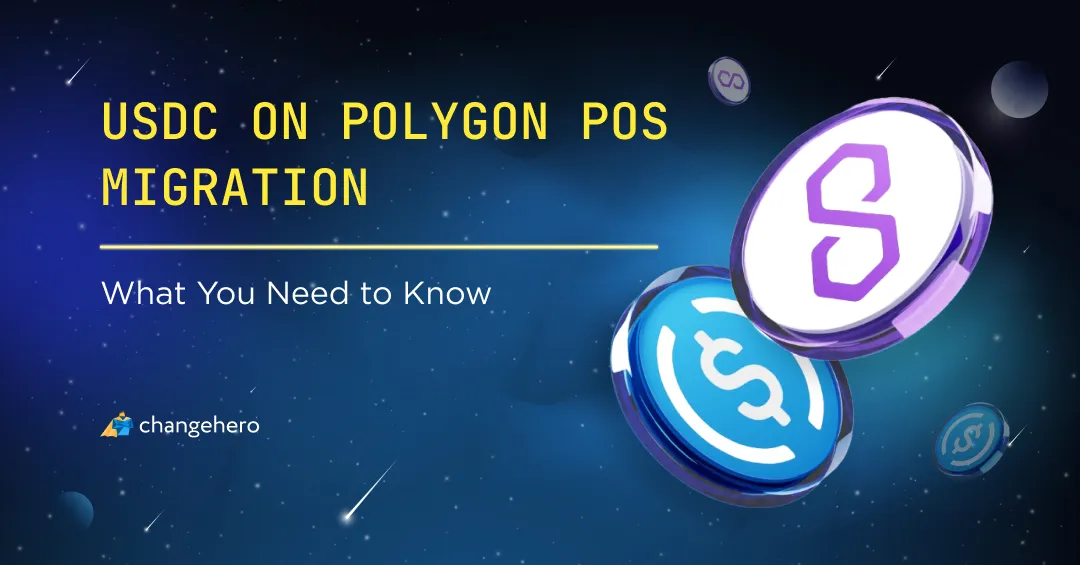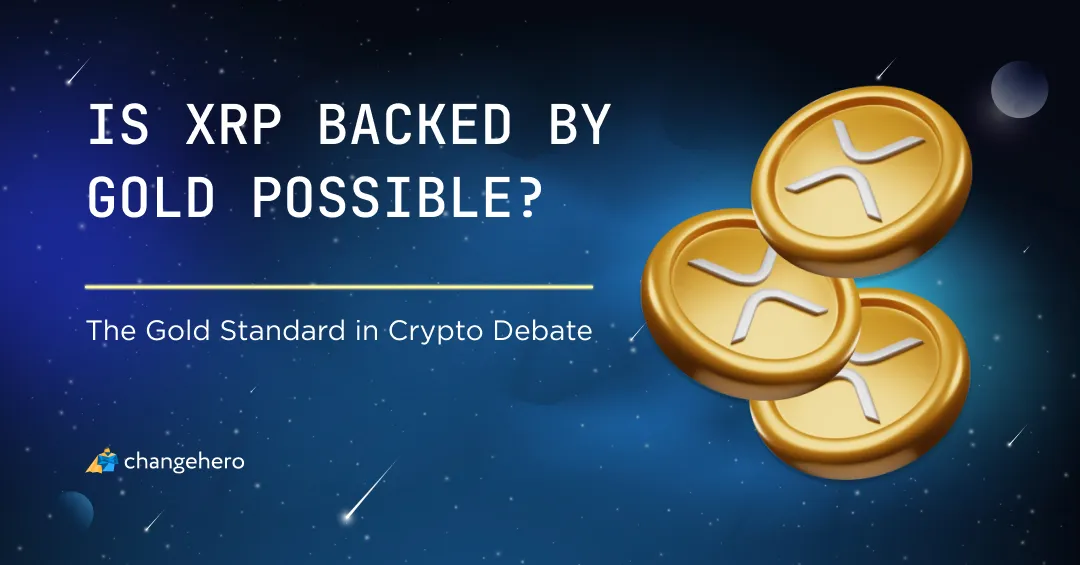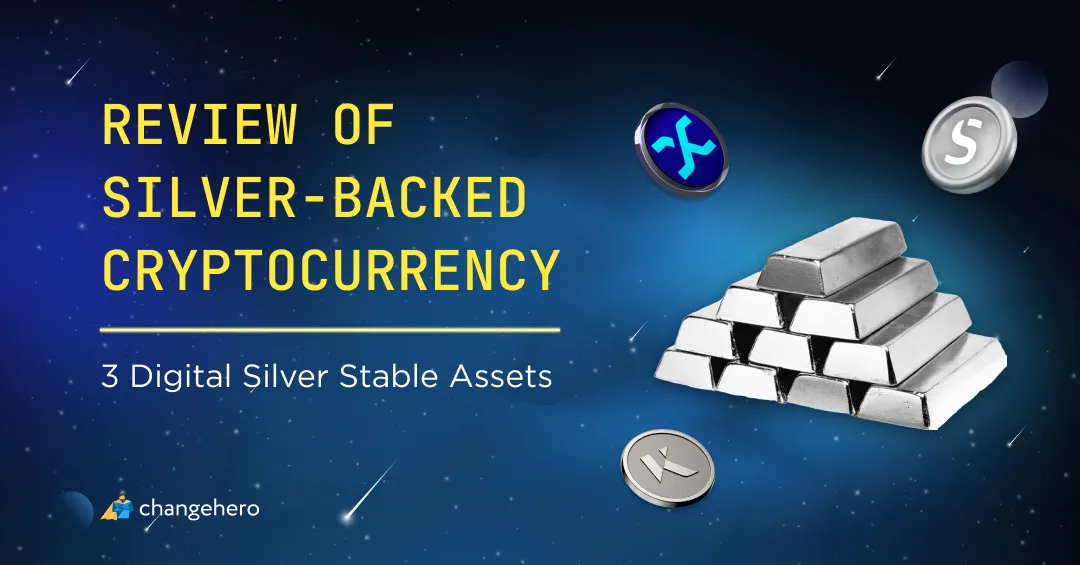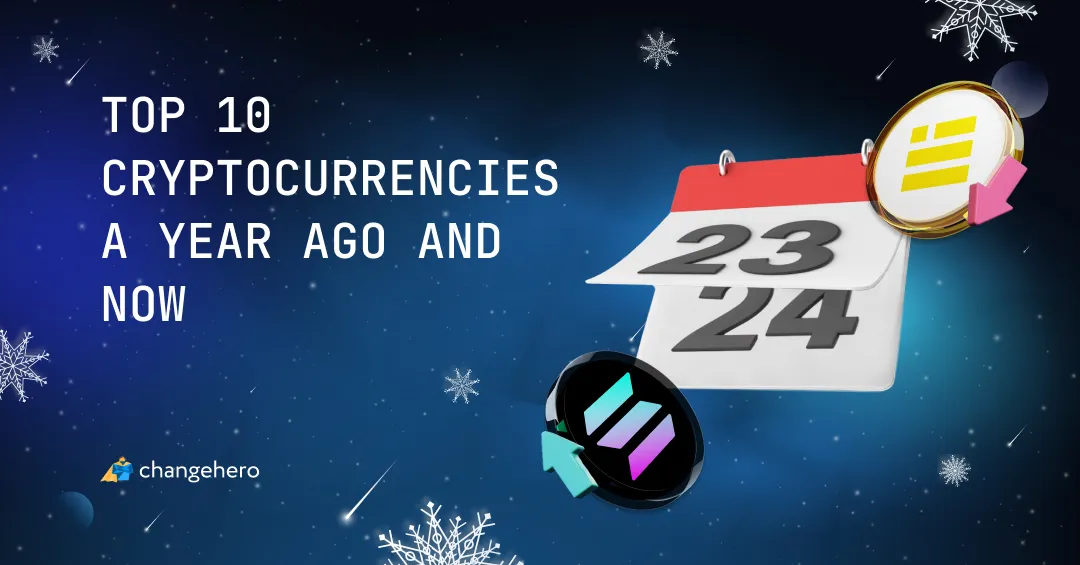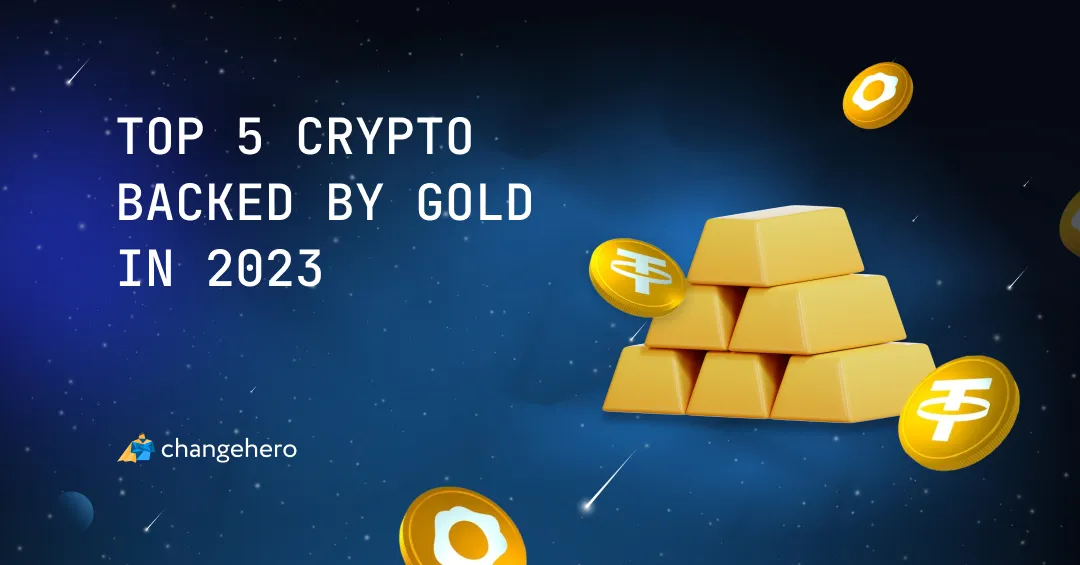Two weeks ago, Circle announced that the native version of USDC was made available on the Polygon network. Previously, only the bridged version, which was supported but not issued by Circle, existed on this L2. In this article, the ChangeHero team explains what has changed and if you should take any action.
Circle Rolls Out New Version of USDC on Polygon PoS
On October 10, 2023, the USDC stablecoin emitent Circle announced the launch of a native version of USDC on the Polygon network. Before that, users had to bridge their USDC to redeem USDC.e, usable on Polygon.
The change would make USDC available directly in Circle Mint and Circle APIs, as well as redeemable 1:1 for US dollars. Businesses and developers are now able to use USDC in the decentralized finance applications on Polygon without needing to account for bridging from Ethereum.
Since then, it has grown to accommodate 3,201 addresses and saw 27,325 transfers, according to Polygonscan at the time of writing. The official site pins the total contract supply to be $11.4M USDC, which is about 0.004% of the total supply of USDC ($25.4B according to Circle at the time of writing).
Bridged USDC (USDC.e) vs. Native Polygon PoS USDC
USDC has been available on Polygon before but in the bridged form — USDC.e. Circle supported this version of their stablecoin but did not issue it and therefore, could not redeem it.
Bridging also incurred an additional transaction fee for Ethereum users. Now everyone can access USDC for near-instant low-cost transfers directly from the emitent.
USDC.e on Polygon has had a head start, while the native asset is a recent addition. The contract for bridged USDC has accrued $520M USD equivalent and has nearly 2 million addresses.
With this in mind, the number of users affected by the migration is considerable. Next, let’s see what course of action they should take.
Do I Need to Do Anything?
The main takeaway from the Circle announcement should be that during the transition period, there are now two versions of the USDC on Polygon. Depending on what you use, you may or may not need to take some action.
USDC.e holders’ balances will not be affected, and exchanges such as Binance have clarified they will continue its support. However, Circle will stop supporting Polygon USDC.e deposits and withdrawals in Circle Mint and its APIs on November 10, 2023.
Therefore, going forward, you should bear two things in mind. Firstly, bridged USDC.e and native USDC are two separate versions, so double-checking tickers, addresses, and contracts is advised.
Secondly, if you are using Circle Mint or the services integrating its APIs, you should swap USDC to the native version before the deadline. Sending USDC.e to a Circle Mint account after November 10, 2023 can result in loss of funds.
ChangeHero Will Update to the Native Polygon PoS USDC Contract
The ChangeHero team has an important notice for the users: after November 10, 2023, the Polygon USDC supported by the service will mean the native USDC. We take this step to future-proof the service and add support for the improved version.
For the time being, the MRC20 USDC available on ChangeHero is the bridged asset (USDC.e). To prepare, you can swap it for any other version of USDC or crypto asset of your choice.
Conclusion
Even though the addition of a new version of USDC on Polygon may make things a bit confusing, we hope we managed to shed some light on it. We can reasonably expect the support of native Polygon USDC to grow, bringing more liquidity and applications.
Keep an eye on the ChangeHero blog for updates and announcements. We highly recommend following our official accounts on social media — Twitter, Facebook, Reddit, and Telegram — to know about all updates to ChangeHero in advance.
People Also Ask
Does USDC work on the Polygon network?
There are currently two versions of USDC in the Polygon PoS ecosystem. USDC.e is a bridged version, issued through third-party bridges, and native USDC is issued by Circle directly. The stablecoin’s emitent plans to drop the support of the bridged version, although exchanges and bridges will continue to use it.
Can I buy USDC on Polygon?
Now you can buy USDC on Polygon from Circle directly, without having to swap or bridge it. Previously, you had to buy other tokens and bridge them to Polygon before using them.
Can you send USDC over Polygon?
Yes, you can send both USDC and USDC.e on the Polygon network. Both versions are swappable cross-chain, although you will need to use different methods.
How do I get USDC on the Polygon network?
There are two ways to get the Polygon USDC, and each will get you a separate asset. You can buy native USDC on Polygon from Circle directly or from its clients through the Circle Mint API. You can also bridge your Ethereum USDC to Polygon through the bridge which will net you USDC.e.

